From Impasse to Agreement: How AI Can Help Mediators Generate Creative Settlement Options
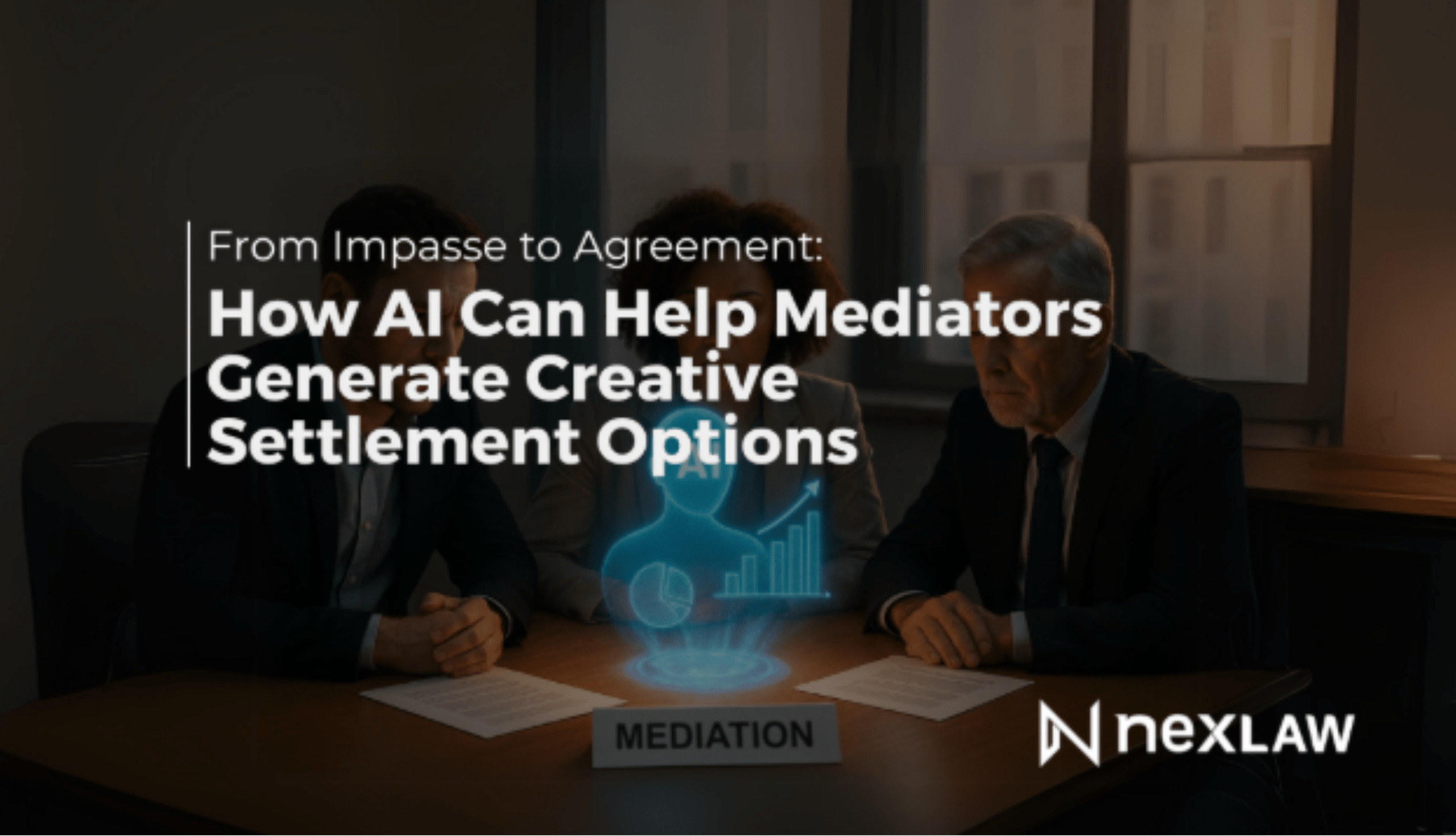
From Impasse to Agreement: How AI Can Help Mediators Generate Creative Settlement Options
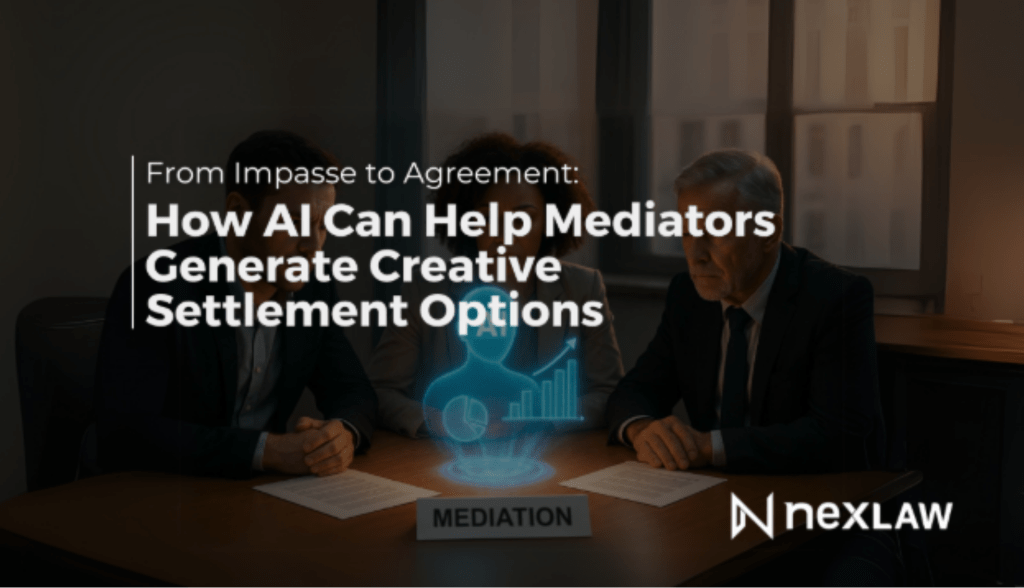
Every seasoned U.S. mediator knows the feeling: the parties are dug in, the gap between their positions seems unbridgeable and the specter of impasse looms over the room. At this critical juncture, the mediator’s most valuable skill is creativity: the ability to reframe the problem, introduce new variables and generate novel solutions that can create value and break the deadlock. A 2025 study on mediation effectiveness found that the introduction of a creative, non-monetary component was a key factor in resolving over 50% of cases that were previously at an impasse. But what if that creativity could be augmented by the analytical power of AI? This is where a new generation of Legal AI is opening up exciting possibilities for the practice of mediation.
This guide explores how mediators can ethically use a platform like NexLaw AI not to make decisions, but to stimulate creativity, model different scenarios and help generate the innovative settlement options that turn impasse into agreement.
The Psychology of Impasse: Why Parties Get Stuck?
Parties in a mediation typically reach an impasse for a few key reasons:
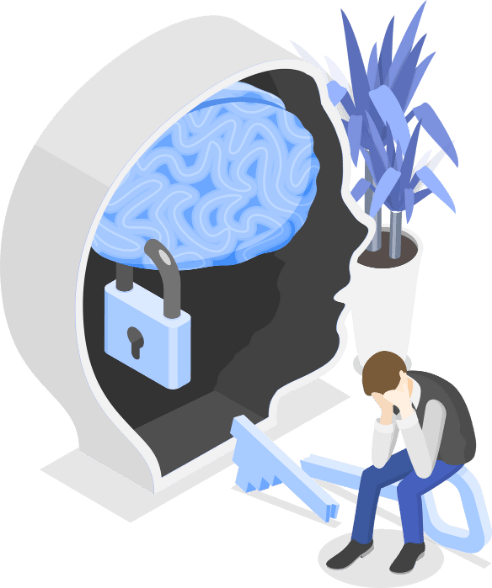
Failing to connect every legal assertion to a specific piece of undisputed evidence in the record (e.g., a deposition excerpt, an affidavit or a response to a request for admission).

They remain locked on their opening demands, unable to see the underlying interests that are truly driving the conflict.
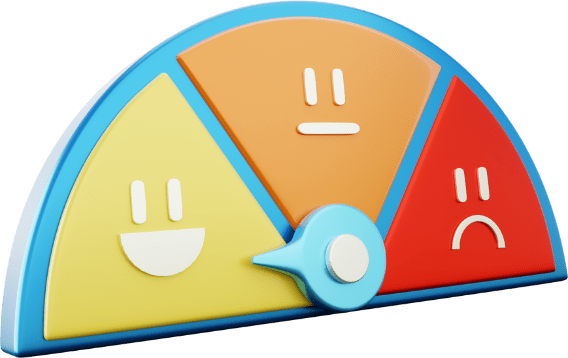
Issues of pride, principle or a desire for vindication can prevent parties from making rational, business-savvy decisions.

They may not have fully considered all the possible ways the dispute could be resolved.
The mediator’s job is to disrupt these patterns. AI can be a powerful tool in this disruption process.
How Legal AI Come Through?
A sophisticated AI Legal Assistants can act as a private “brainstorming partner” for the mediator, helping to dentify new avenues for resolution. It does this by:
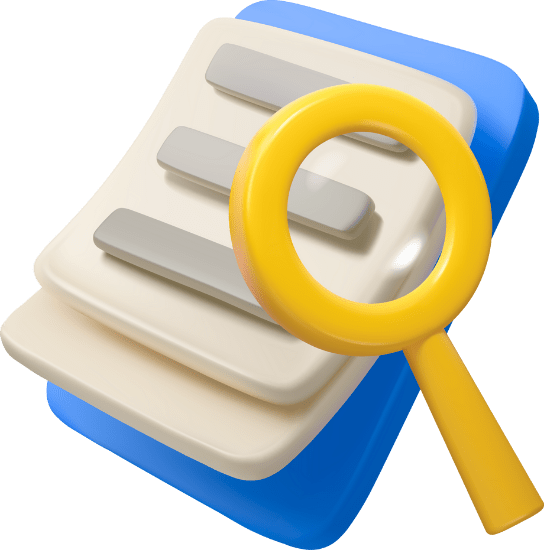
The AI can analyze thousands of anonymized past settlement agreements from similar cases to identify common and uncommon deal terms that have been used to resolve disputes.

The AI can quickly model the financial implications of different settlement structures (e.g., a lump-sum payment vs. a structured settlement over time vs. an equity stake), allowing the mediator to present the parties with a variety of options.

By analyzing the pre-mediation submissions, the AI can identify non-monetary interests (e.g., future business relationships, intellectual property rights, public apologies) that can be used as creative bargaining chips.
This is not about the AI “solving” the dispute. It’s about the AI providing the mediator with a broader palette of options and ideas to use in their work with the parties.

Act now to transform your
practice and achieve your goals.
See NexLaw in Action
Start your free trial and kick off your legal AI journey with a personalized demo
*By submitting the form, you agree to the Terms of Service and Privacy Policy
A Step-by-Step Ethical Workflow for Creative Problem- Solving
Step 1: Confidential Analysis of the Dispute
- As in other mediation workflows, the process begins with the confidential analysis of the parties’ pre-mediation submissions within the secure NexLaw AI platform.
- The AI’s initial report to the mediator will have already identified the key stated positions and potential underlying interests.
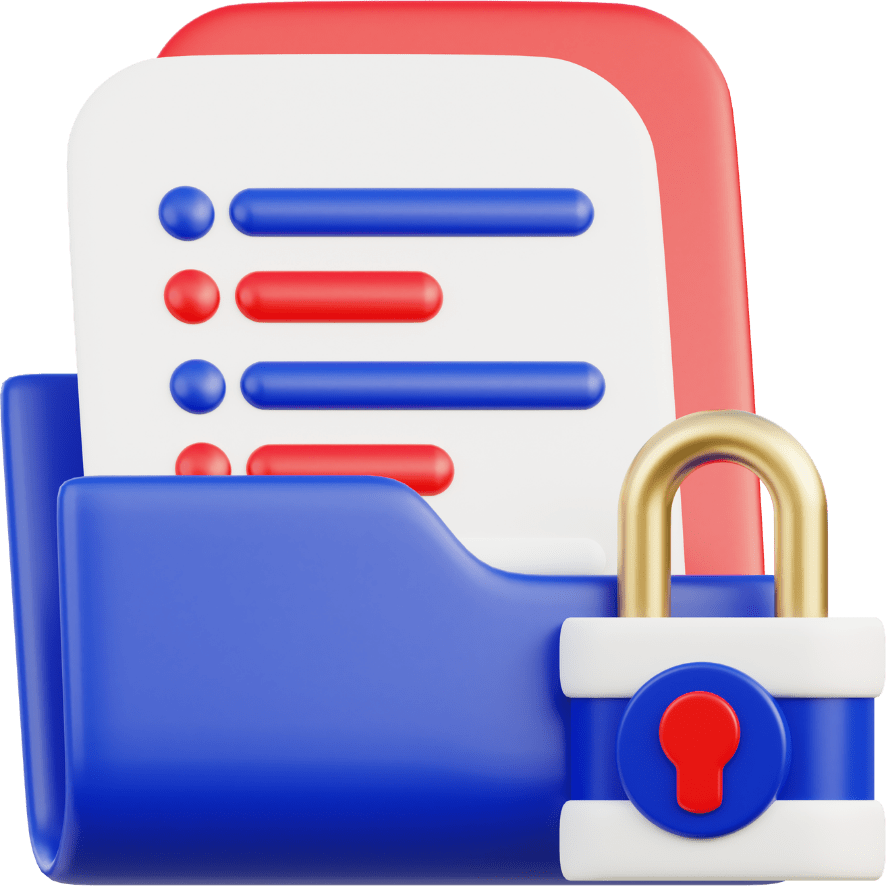
Step 2: Activating the “Settlement Option Generator”
- When the parties are approaching an impasse, the mediator can privately use a tool within NexLaw AI to stimulate creative thinking. The mediator can input the key parameters of the dispute: the type of case, the core interests identified and the monetary gap between the parties. The AI will then generate a list of potential settlement components, drawn from its database of past agreements.
- This list is for the mediator’s eyes only and might include ideas like:
- A structured payment plan with performance-based incentives.
- A cross-licensing agreement for intellectual property.
- An agreement for a future joint venture.
- A charitable donation made in a party’s name.
- A mutually agreed-upon press release or public statement.
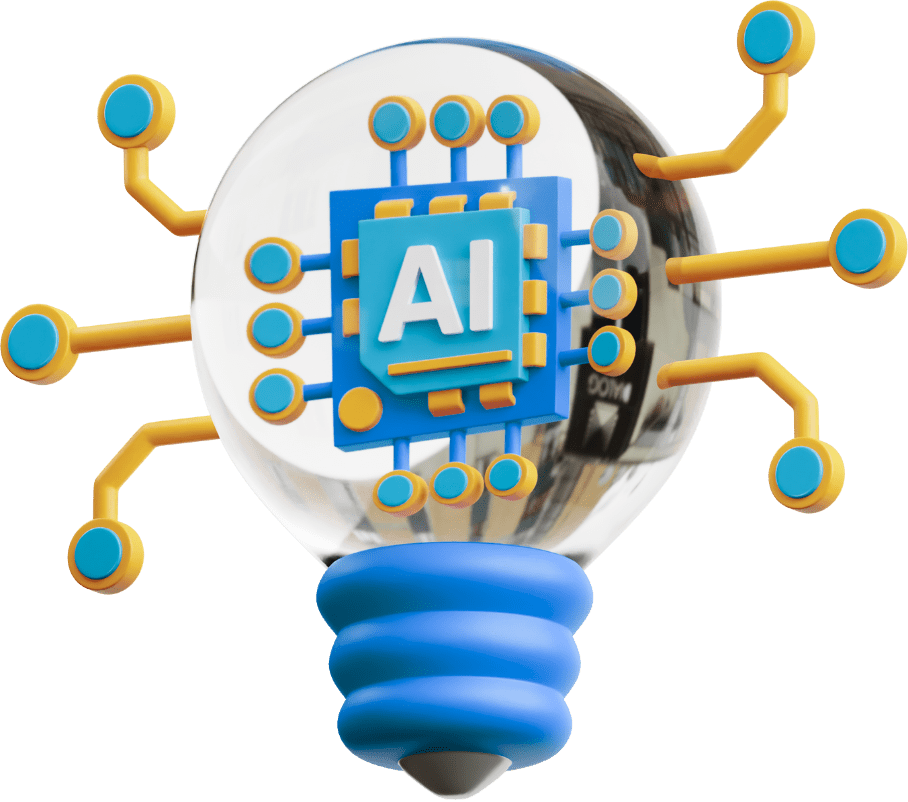
Step 3: Using AI-Generated Ideas as a Springboard
- The mediator does not present this list to the parties. Instead, they use it as a source of inspiration for their own creative interventions.
- Seeing the idea of a “joint venture” on the list might prompt the mediator to ask in a private caucus, “I know you’re in dispute now, but is there any scenario where your companies could work together in the future? What would that have to look like?” This AI-prompted question can open up a whole new line of conversation that the parties had not considered.
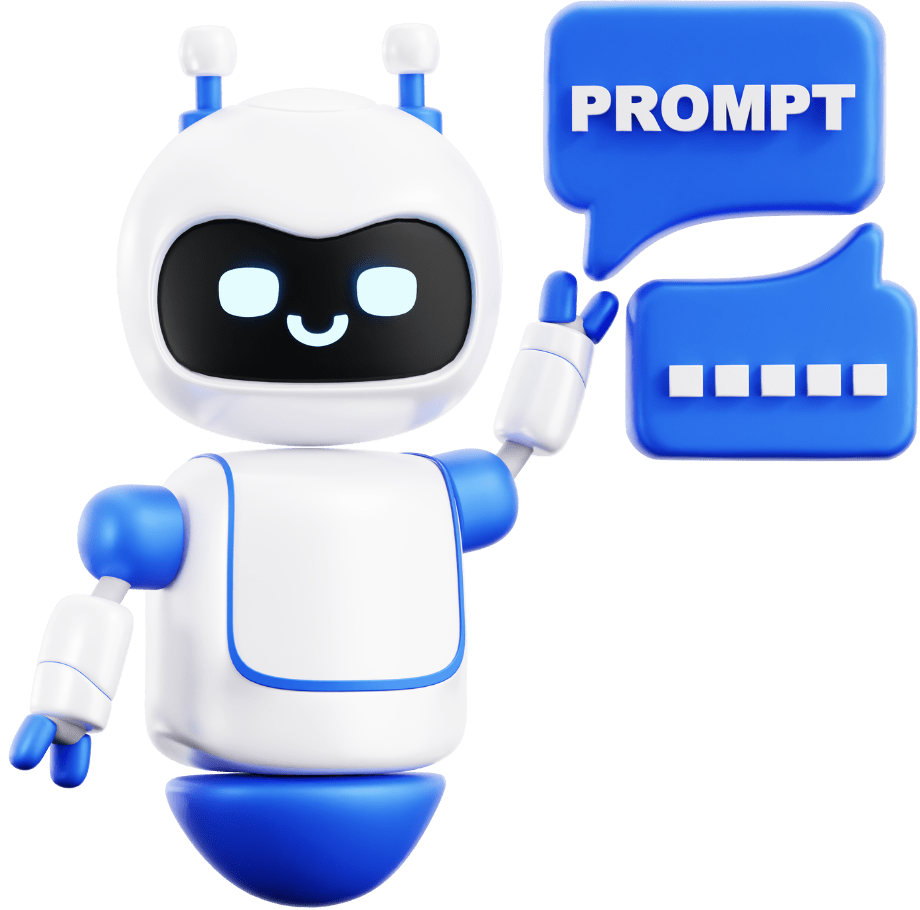
Step 4: Modeling Scenarios in Real Time
- If the parties start to show interest in a more complex, creative solution, the AI can be used to model it.
- For example, if they are considering a structured settlement, the mediator can use the AI to quickly calculate the net present value of different payment streams, providing the parties with the concrete data they need to evaluate the option.
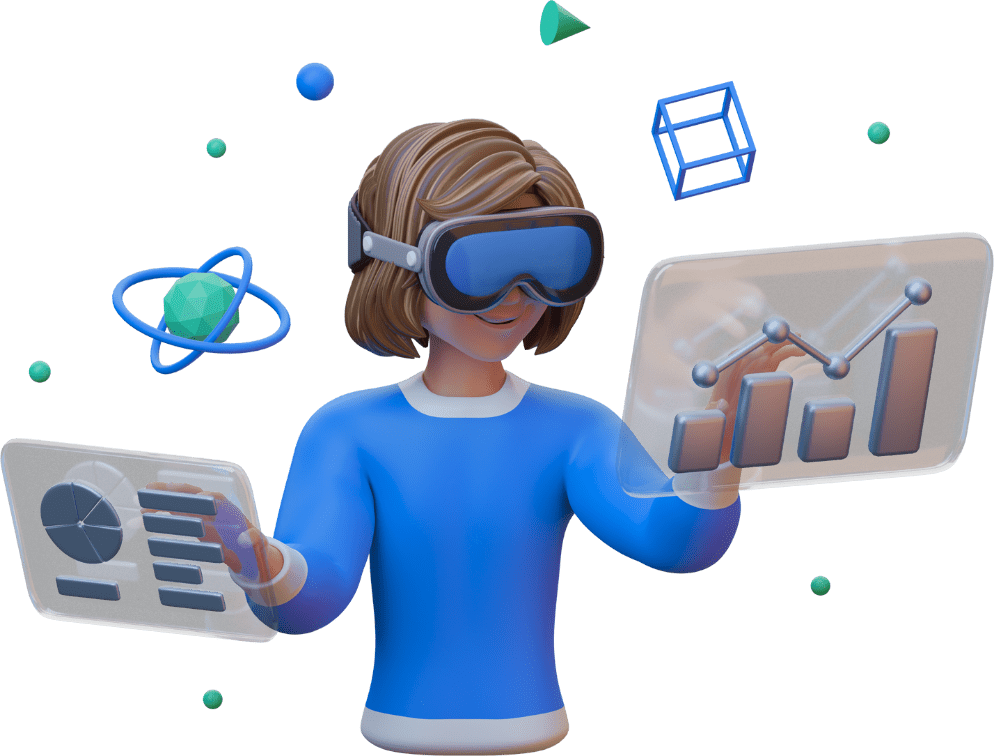
Case Study: A Partnership Dissolution
Two partners in a successful design firm are in a bitter dispute over the dissolution of their business. They are at an impasse over the valuation of the company. The mediator, using NexLaw AI, analyzes their submissions. The AI identifies that both partners, in different ways, have expressed a deep concern for the firm’s employees and its legacy. In the “Settlement Option Generator,” the AI suggests the idea of a “staged buyout with a non-compete clause.” Inspired by this, the mediator proposes a novel solution: one partner will buy out the other over a five-year period, during which the selling partner will stay on as a paid consultant to ensure a smooth transition for clients and staff. This solution addresses the financial issues while also honoring their shared interest in the firm’s legacy. The impasse is broken.
Interested In Features Like This?
Receive complimentary access to our resources and a personalized live demo tailored to your needs.

The Art and Science of Mediation
Successful mediation will always be an art, requiring deep human skills of empathy and persuasion. But by integrating the science of data analysis and AI-powered brainstorming, mediators can bring a powerful new set of tools to the table. They can become more effective, more creative and more successful at guiding parties through their most difficult conflicts.
AI is NOT here to REPLACE the mediator. It’s here to empower the mediator to be even better.
Ready to bring a new level of creativity to your mediations?
Book a Personalized Demo to see how NexLaw AI can help you break impasse.
Explore Our Plans and discover how you can becme a more effective and innovative dispute resolution professional.

